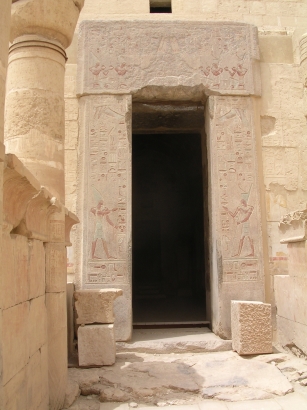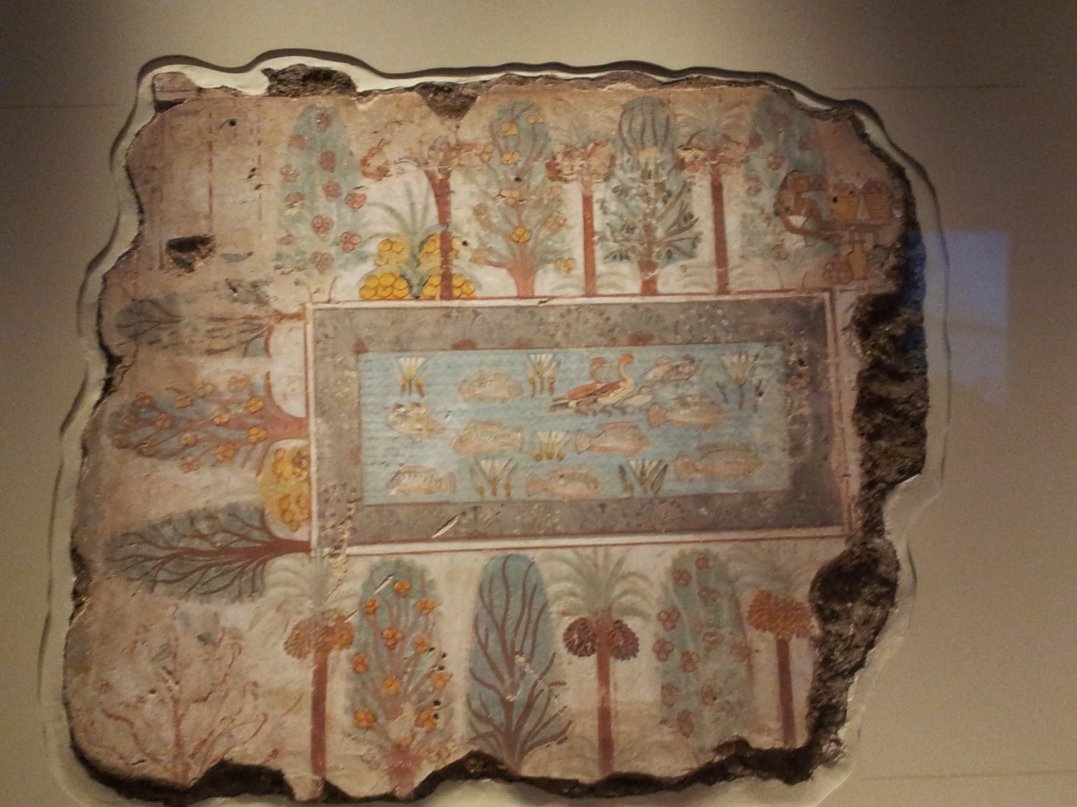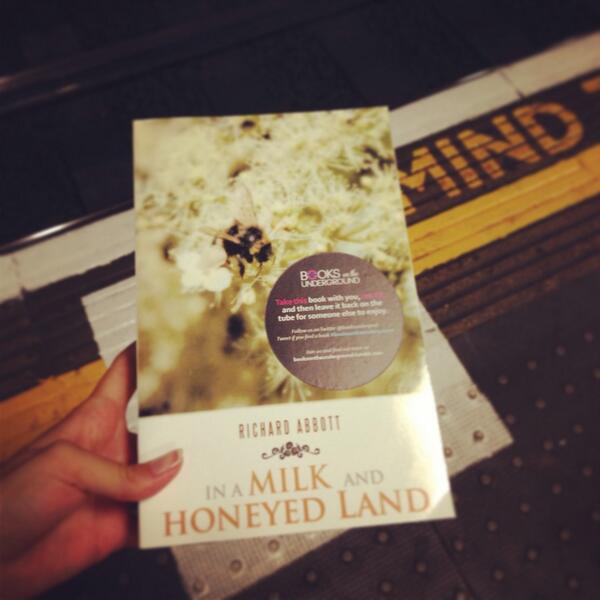David Cord, author of Dead Romans, supplied me with a free pre-release kindle copy to review. Here it is…
Dead Romans, by David Cord, is set in a place and time that I did not know much about – Ephesus around 165 AD, at the end of the Parthian campaign conducted by Lucius while he was co-emperor with his father Marcus Aurelius. The immediate crisis is a particularly severe outbreak of plague, apparently brought back by the soldiers as they returned from further east.
The book gives every impression of being carefully researched, at both the wider political level and as regards the details of ordinary Ephesian lives. Even a brief search online will reveal something of the history behind the novel. This wide spectrum of background research supports, and is crucial to, the particular style of the book.
David has chosen to structure the book by showing us three very different perspectives on the same events. In this way, the same people, places and events adopt a quite different significance in each portion. A person who might be a powerful and intimidating figure to one of the three is a mere annoyance or irrelevance to another. The first protagonist is a local shepherd, the second is Lucius’ mistress, and the third, intermediate between these in social location, one of the city bakers who also has pretensions to be an author. Their lives intersect in various ways. I am very partial to the inclusion of several different voices within a book, and have not often come across this particular strategy for including them.
So this triptych effect worked very well as a structural device for me, and gave considerable depth to the presentation. The three individuals naturally had entirely different views on what was or was not important, and their varying positions in society are well described. One difficulty for some people might be that the story does not go very far beyond what you have learned after the first third. However, there is some advancement in the plot, and there are certainly new pieces of the jigsaw that are provided.
Each of the three is given a fairly plausible back-story, so that you as reader can see how their personal histories are driving their present-day actions. Reasonably enough for story purposes, each of them is somewhat unusual as a member of their class. They stand out as remarkable individuals who each try to push back the limitations of their social role.
There were some difficulties. The central section, focusing on Lucius’ mistress Panthea, relied rather too heavily for my preference on her sexual activities, which tended to be squalid rather than exciting. Her back-story provides a rationale for this, and to be sure she is a courtesan whose main attraction to Lucius was presumably her sex appeal. However, Lucius is presented as a sensitive individual who wants more than an athletic bed partner. Panthea herself is supposed to be multi-talented in languages, philosophy and the arts – which makes good sense for someone aiming to catch the eye of royalty. But her part of the story is overwhelmed by sex, and somehow loses sight of other facets of her self.
The final portion, following Aristides the baker and potential author, ends up rather blurring his life with that of his prospective literary patron. Towards the end of the book is was not very clear which of them was in central focus. However, Aristides has much more contact with the soldiers than the other two, and these encounters are handled very persuasively. He certainly emerges as a plausible figure.
On a technical level, the pre-release kindle file I was provided with had a number of quite serious flaws. However, both author and publisher have told me that these have been corrected in the release version. All being well, future readers will not be distracted by these. Taking this final piece of editing into account, I have not let these problems affect my opinion.
On balance, for me, this was a four star book. On the basis of imagination and background research, I have no hesitation in commending it to others. It is a good introduction into a rather lesser-known slice of history, and many of the people described, both major and minor characters, are convincing. However, I was not won over by the central portion dealing with Panthea. It felt to me as though her potentially fascinating contribution was rather flattened into a single, rather repetitive, series of movements. The book as a whole is definitely worth reading, especially for those, like me, who enjoy historical fiction that is not preoccupied with battle scenes. The details of daily life in Ephesus emerge well from these pages, and I am certainly glad to have read this book.






